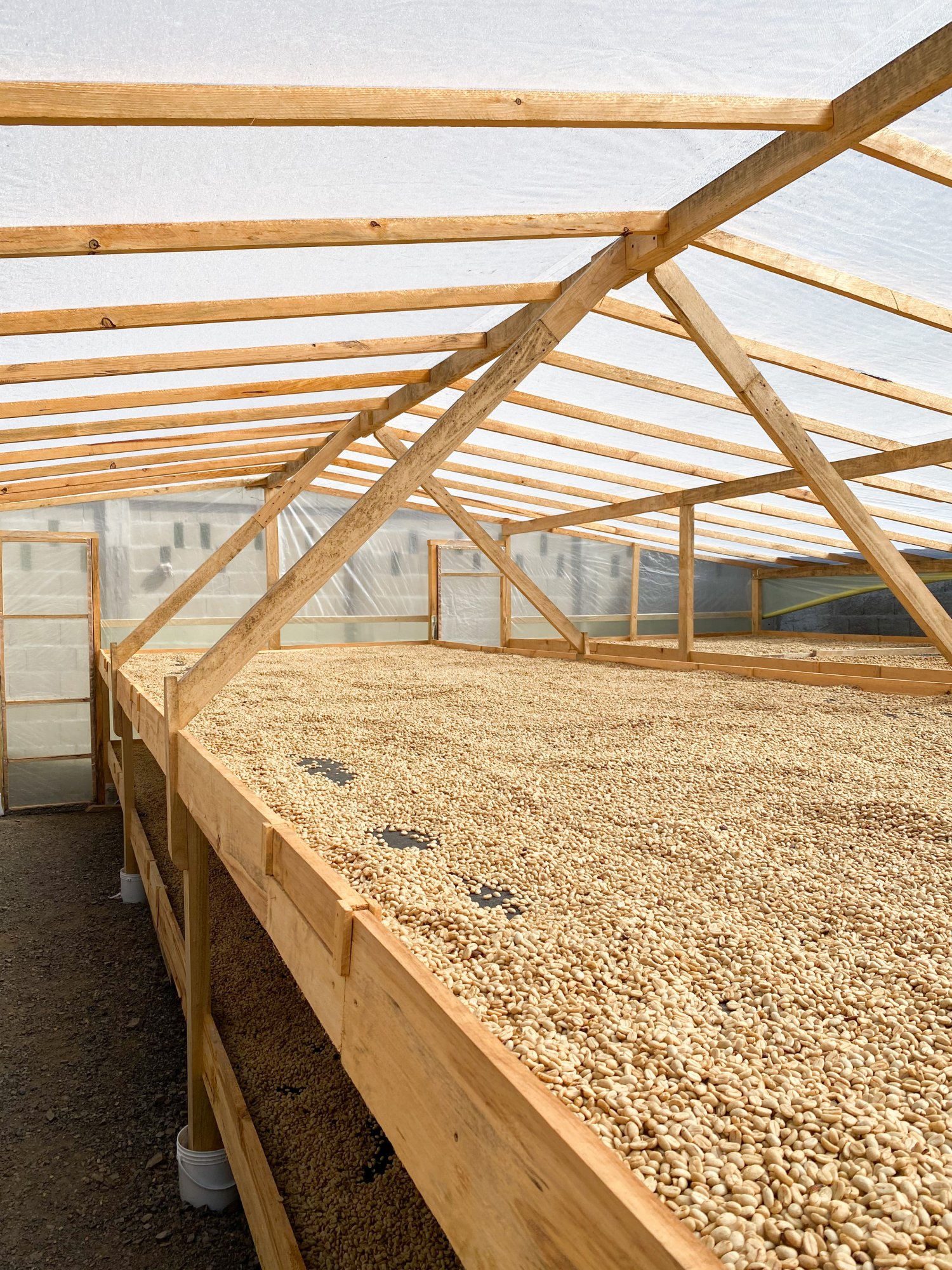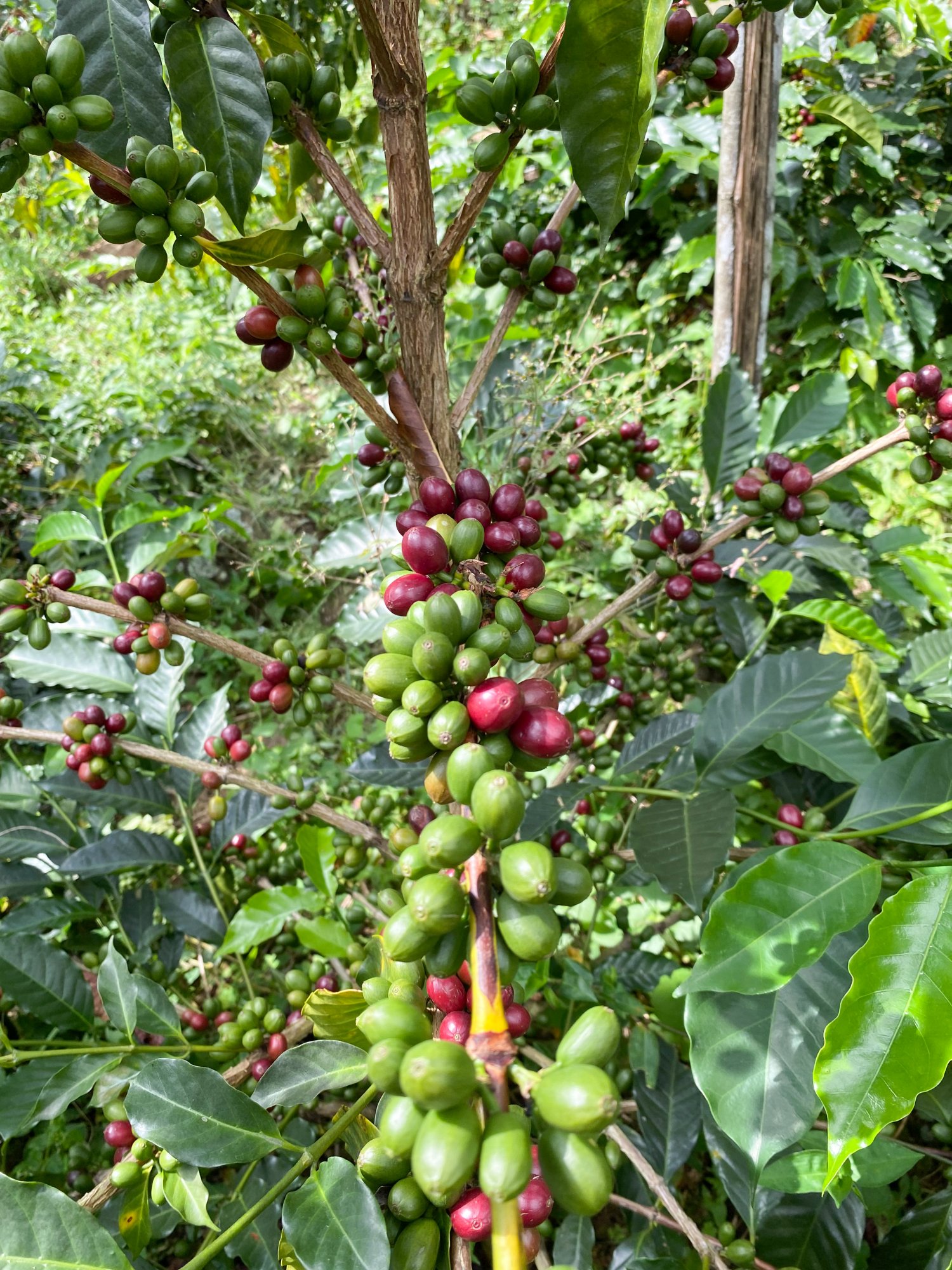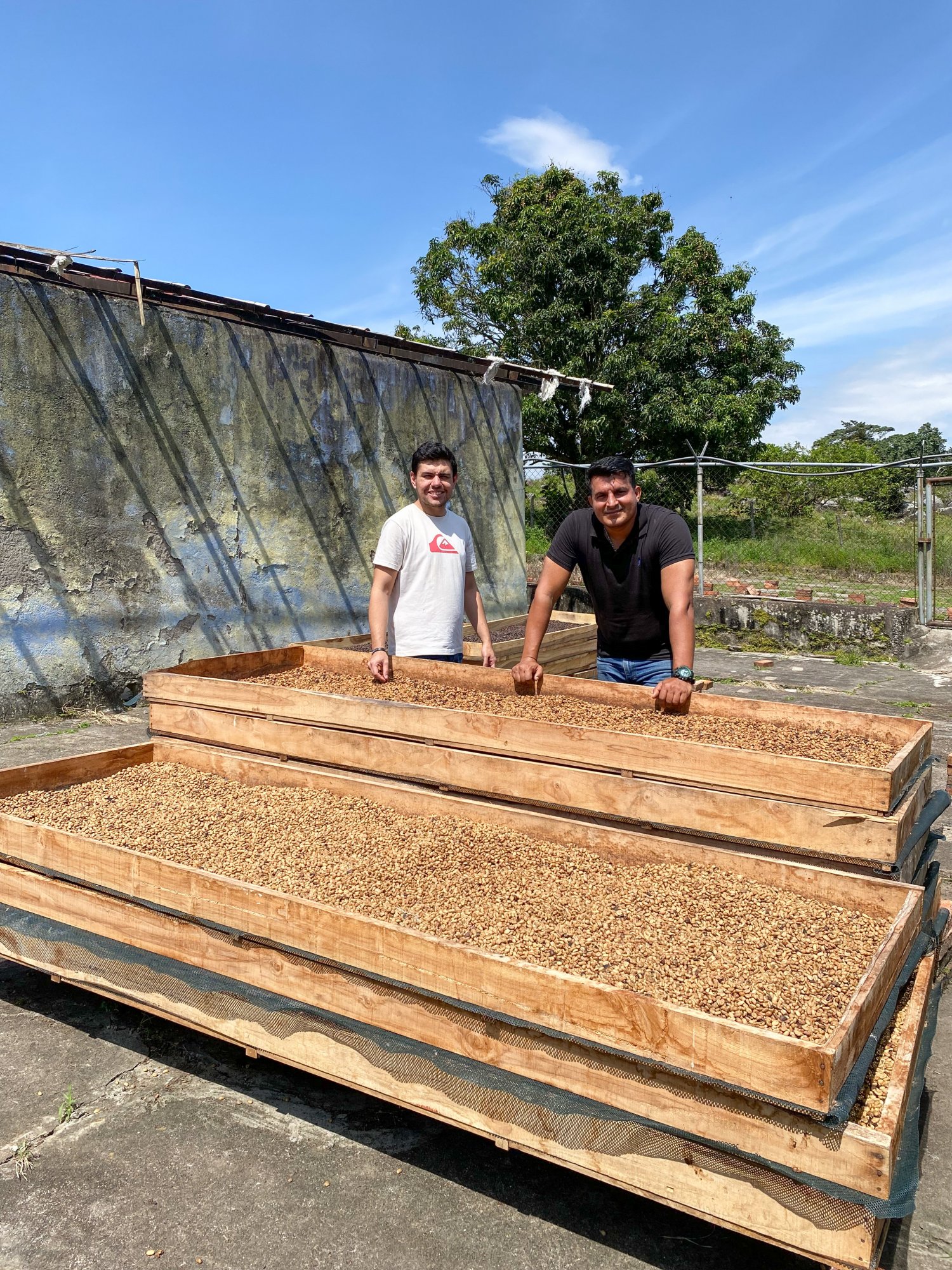CAFE IMPORTS + VENEZUELA
Many specialty coffee drinkers have likely never tried Venezuelan coffee, and there are two main reasons for this. First, Venezuela's coffee culture has been heavily influenced by Italian immigrants, leading the country to consume nearly as much coffee as it produces. Second, the economy shifted from an agricultural dependence to an oil-based economy in the 1970s. In 2003, President Hugo Chavez implemented policies that set price limits on coffee to control inflation. Unfortunately, these policies made it difficult for producers to profit from their crops, leading to a significant decline in production. In the past decade, Venezuela has experienced economic collapse, unstable political leadership, staggering inflation, and high rates of migration.
Like many countries, however, they have redirected resources back into coffee with the emergence of the Specialty industry. The Cafe Imports green buying team actively explores lesser-known regions, and we have been interested in purchasing Venezuelan coffee since 2019. We've received samples and met producers at various Expos, but the opportunity to visit didn't align until 2023. Green Buyer Piero Cristiani was invited by a friend to attend EICEV, an Expo and producer competition that was launched in 2022.
Gabriel Gonzalez, president of the EICEV Foundation, stated in an interview with VTV that "Venezuela has 65,000 coffee producers, spread over its 20 states, with a total of 133 coffee-growing municipalities, who give their best day by day, to produce an important item for Venezuelans and the world, who will proudly represent us in the [EICEV]". Piero went as a judge and bidder, bringing two lots home, and ultimately glimpsed what Venezuelan coffee is like. Read the full story of that visit here.
Piero established valuable connections at the competition. He returned to Venezuela during the 2024 harvest to meet with farmers and purchase more coffee, marking our first year of on-the-ground sourcing in Venezuela. We are excited to offer these coffees and highlight producers who are doing exceptional work. We hope you enjoy the experience of this origin with us.
HISTORY
Venezuela's coffee industry has followed a similar trajectory to that of its neighboring countries, yet Venezuelan coffee is rarely seen in our local cafes. Where did this country's coffee story change?
The Spanish conquest marched into Venezuela in 1521, establishing settlements and large plantations that thrived on enslaving the Indigenous. Tobacco and cocoa were the main crops for the following two hundred years. Coffee was finally introduced in the 1730s, notably in the Táchira region of the western Andes range bordering Colombia, by Gervasio Rubio. Seventy-some years later, Simón Bolívar led the first rebellion against the Spanish in 1808, declared independence in 1811, and won liberation in 1821. Coffee had overtaken tobacco in importance alongside cocoa.
Now free of Spanish rule, coffee production exploded. By the 1830s, Venezuela had become the third-largest coffee exporter due to free trade agreements with the North Atlantic nations, which paid well for the commodity. Venezuela would alternate between dictatorships and military rule in the years to come. Still, coffee production would steadily increase, leading to its subsequent explosion under Ruler Antonio Guzman Blanco, who took office in 1870. He focused on attracting foreign investment and utilizing capital for infrastructure, education, and the agricultural sector while exporting more products to their lenders. During the 1830s, Venezuela produced an average of 6,320 tons of coffee per year. In 1919, 82,382 tons were exported. This was the golden age of coffee in Venezuela, and it was only outdone in export volume by Brazil. The capital of Caracas was built with coffee money, a sign of the country's modernization.
Everything changed when the first barrels of petroleum were exported from Venezuela to the United States in 1917. A new economic boom was triggered by the discovery that Venezuela had the world's largest petroleum deposit. Venezuela's natives had known of the deposits long before the arrival of Europeans, of course. Venezuela quickly became the wealthiest country in South America. By the 1950s, Venezuela's coffee production was meager, consuming almost as much as it produced. The currency peaked against the dollar in 1973, and the oil and steel industries were nationalized. Foreign interest in the world's largest oil reserve was far more valuable than coffee.
Venezuela has been experiencing an economic, political, and social crisis for the past 15 years. Hyperinflation has hovered at 42,000%, prices have reached an all-time high, and the bolivar has lost 98% of its value, rendering it nearly worthless. Since 2020, the country has faced significant shortages of agricultural inputs and fuel, resulting in reduced planting and production areas. Many, though, see the potential for specialty Venezuelan coffee. In 2022, the first ECEIV (Exposición Internacional de Cafés de Especialidad de Venezuela), an expo and producer competition, as well as the country's first Barista Competition, were held. Over the past five years, multiple coffee education centers have opened. Venezuela may not produce the quantity it once did, but it is producing the highest quality it ever has. There is a growing community of producers, roasters, and baristas within the country collaborating to put Venezuela on the specialty coffee map and in your local cafe. Cafe Imports is excited to help in that endeavor.




